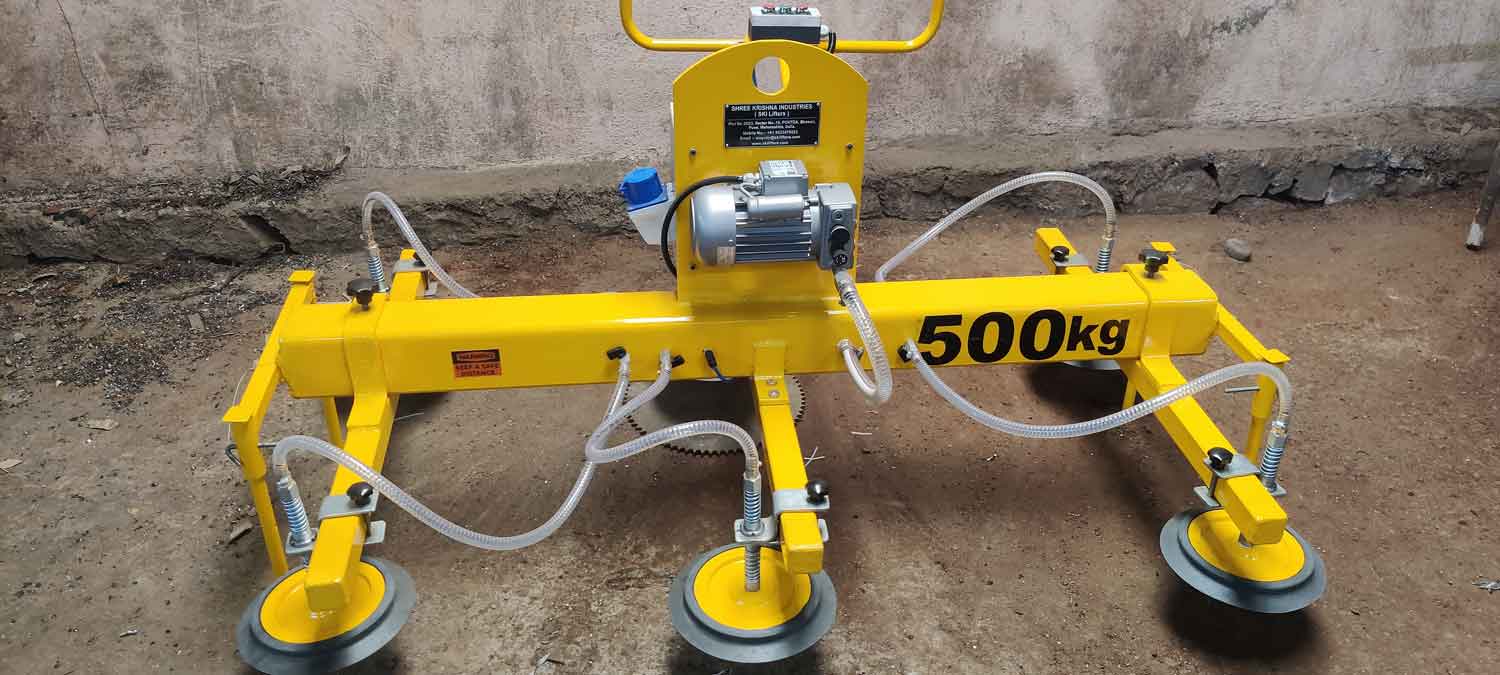Here are the key advantages:
- Reduced Risk of Injury: Vacuum lifters eliminate the need for manual handling of heavy objects, significantly reducing the risk of workplace injuries such as musculoskeletal disorders. By enabling workers to lift heavy loads with minimal physical effort, vacuum lifters help prevent strains and injuries to the back, shoulders, and arms
- Enhanced Safety: Vacuum lifters are designed to securely hold loads in place, preventing them from being dropped or shifted during the lifting process. Additionally, these devices are equipped with safety sensors and alarms that automatically stop the lift in case of any issues, further reducing the risk of accidents
- Improved Productivity: By streamlining the lifting process and reducing manual labor, vacuum lifters can increase overall efficiency and productivity in material handling operations. Workers can focus on more value-added tasks, leading to improved productivity
- Greater Precision: Vacuum lifters provide precise and controlled handling of heavy materials, allowing workers to move items with accuracy and control. This precision is crucial when dealing with delicate or fragile items where even minor damage can result in significant losses
- Versatility: Vacuum lifters can handle a wide range of loads, from small and lightweight items to heavy and bulky materials. They can be customized with different suction pads and accessories to suit specific applications and materials, making them versatile tools for various industries
- Cost-Effectiveness: Vacuum lifters are generally cost-effective solutions for material handling needs. They require minimal maintenance, reduce labor costs by being operated by a single person, and can be powered by various sources like electricity, air, battery, or unpowered versions, making them suitable for different environments
In summary, using vacuum lifters for heavy materials not only ensures safe and efficient material handling but also contributes to a more productive and cost-effective workflow in industries such as construction, manufacturing, logistics, and more.



